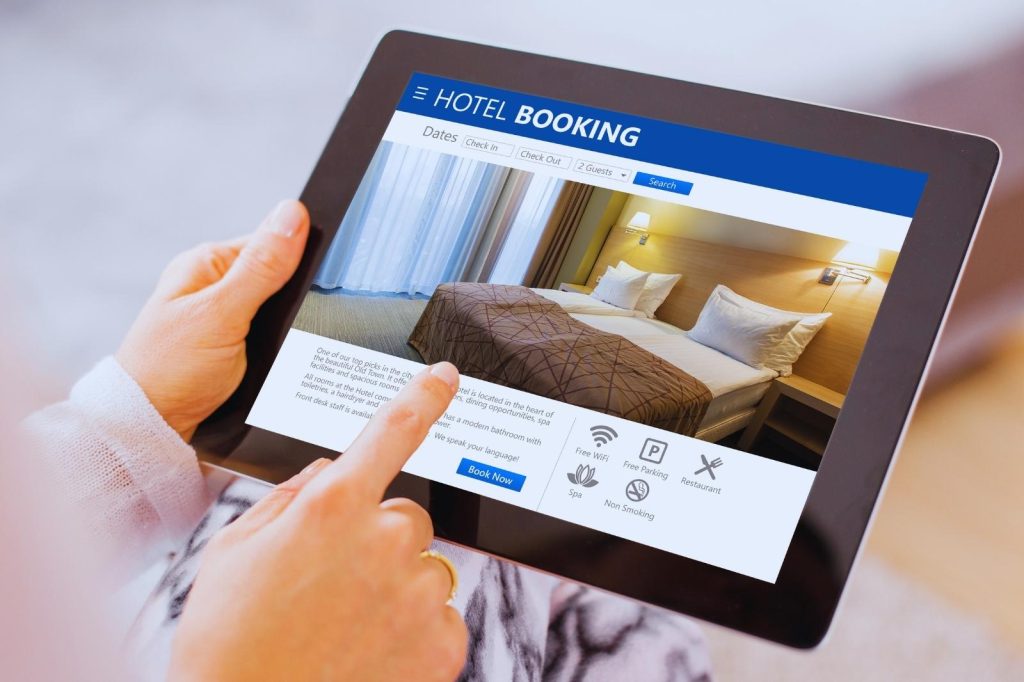Cart abandonment is one of the biggest challenges in digital commerce.
On average, 7 out of 10 customers who add products to their cart don’t complete the purchase.
The reasons can vary: distractions, doubts, shipping costs, or simply the lack of a timely reminder.
However, this problem also represents a major conversion opportunity.
With personalized messages powered by artificial intelligence (AI) and marketing automation, brands can recover up to 35% of abandoned carts and significantly improve the customer experience.
With more than 15 years of experience integrating strategy, marketing, and technology in Colombia, Digisap has helped companies in sectors such as retail, hospitality, and gastronomy implement personalized remarketing strategies that turn lost opportunities into real sales.
1. Why do users abandon their carts?
Before taking action, it’s essential to understand the causes.
Some of the most common reasons include:
- Unexpected costs (shipping or taxes).
- Long or confusing checkout processes.
- Lack of trust (concerns about the site or payment methods).
- Lack of urgency or motivation to complete the purchase.
- Distractions or interruptions during checkout.
Identifying these reasons allows you to create personalized messages that address each objection and motivate users to return.
2. How personalized messages reduce abandonment
Personalized messages work because they speak directly to the customer’s intent and emotions.
Thanks to AI and marketing automation, it’s possible to identify who abandoned their cart, what they left behind, and why — and then send a relevant message at the right time.
Some key tactics include:
1. Personalized automated emails
Send an email reminding the user of the items left behind, using their name, product image, and an empathetic message.
Example:
“Hi María, your order for artisan pizza is still waiting for you. Complete your purchase today and enjoy 10% off.”
Result: up to 45% of users return to the site after receiving these reminders.
2. Push notifications or WhatsApp messages
Instant notifications or direct messages are highly effective, especially when they include immediate benefits or a sense of urgency.
Example:
“You still haven’t confirmed your reservation at La Makha. Your table will be released in 10 minutes!”
In restaurants and hotels, these messages have increased confirmations by up to 25%, based on campaigns implemented by Digisap in Medellín and Bogotá.
3. Smart recommendations with AI
AI can detect behavioral patterns and offer alternative products or services if a user hesitates or abandons the cart.
Example:
“Did you like our premium room? Here’s a more affordable option with breakfast included.”
This strategy combines personalization + empathy + convenience, three decisive factors for closing a sale.
4. Multichannel messaging
Not all customers respond to the same channel.
That’s why the most effective strategies integrate email, WhatsApp, social media, and SMS, ensuring that reminders reach users through their preferred platform.
Digisap implements automated multichannel workflows that maintain message consistency and customer experience without overwhelming users.
3. Success stories in Medellín: personalization that converts
Binn Hotel
Binn Hotel integrated AI into its CRM to detect customers who abandoned reservations on its website.
Through automated WhatsApp messages with personalized offers (“Book today and get free late check-out”), it recovered 28% of incomplete reservations in just three months.
Zarzo Hotel
Zarzo used personalized reminders via email and direct messages for users who didn’t complete their online reservations.
With a friendly approach (“Your table is waiting for you in El Poblado”), it increased its confirmation rate by 35% and reduced cancellations by 20%.
Sibari Restaurante
By implementing WhatsApp Business abandonment notifications, Sibari reduced its cart abandonment rate by 40%.
Messages included personalized recommendations based on the menu and dynamic promotions adapted to the time of day.
Restaurante Etro
Etro applied predictive analytics to detect when a user abandoned an order and, in real time, sent an email with a personalized offer.
Result: a 30% increase in recovered orders and a 20% improvement in customer satisfaction.

4. Common mistakes when trying to recover abandoned carts
Sending generic messages
Users ignore emails or notifications if they don’t feel personally addressed.
The key lies in personalization, not repetition.
Not measuring results
Each message should be tracked by open rate, clicks, and conversions.
Analytics are essential to refine and improve the recovery flow.
Overloading the user
Too many messages can backfire.
An optimal flow consists of 2–3 reminders with a friendly tone and added value.
5. Practical strategies to reduce cart abandonment
- Identify the exact point of abandonment using analytics tools.
- Design personalized messages based on the product, timing, and reason for abandonment.
- Implement AI-powered automation to segment and send messages at the ideal time.
- Offer smart incentives like free shipping or limited-time discounts.
- Integrate multiple channels (email, WhatsApp, social media) with consistent messaging.
- Request a free diagnosis with Digisap to design a recovery flow tailored to your business.
FAQ: Frequently asked questions about cart abandonment and personalization
1. What percentage of carts can be recovered?
With personalized messaging and effective automation, it’s possible to recover 20% to 40% of abandoned carts.
2. How soon should I send the first reminder?
The first message should be sent 30 minutes to 1 hour after abandonment to maximize recovery rates.
3. Which channels work best?
It depends on your audience, but email and WhatsApp tend to have the highest conversion rates.
4. How does AI help?
It analyzes behavior, predicts purchase intent, and personalizes messages in real time.
5. Is a CRM necessary?
Yes. A CRM centralizes customer information and automates communication flows, increasing efficiency.
Reducing cart abandonment isn’t just about sending reminders — it’s about building an intelligent, personalized conversation with the customer.
AI, automation, and a well-executed multichannel strategy can turn lost opportunities into concrete sales.
With more than 15 years of experience integrating strategy, digital marketing, and technology, Digisap helps businesses in Medellín, Bogotá, Cali, and Barranquilla recover abandoned carts, improve loyalty, and increase sales through intelligent personalization and automation. Request a free diagnosis with Digisap and discover how to reduce cart abandonment with personalized messages and sustainably increase your conversions.





